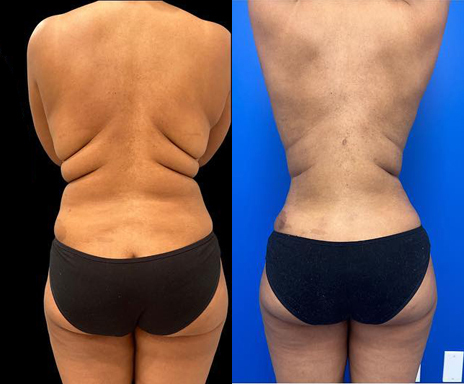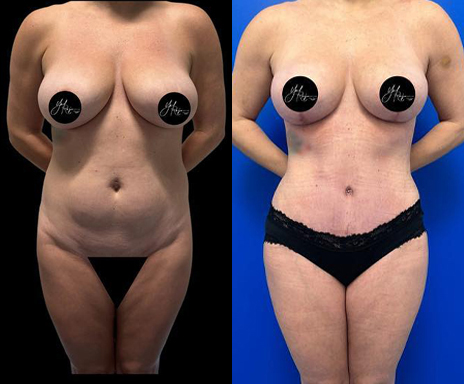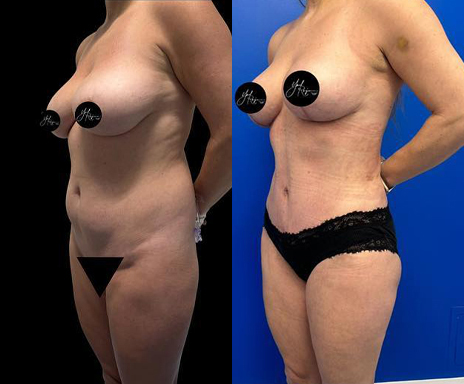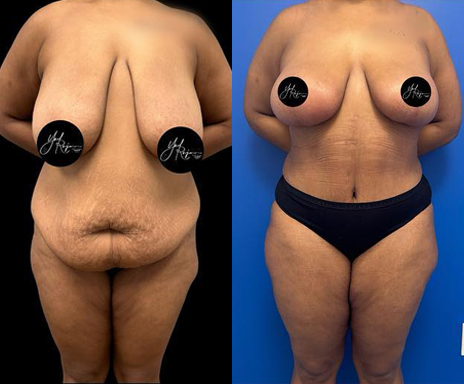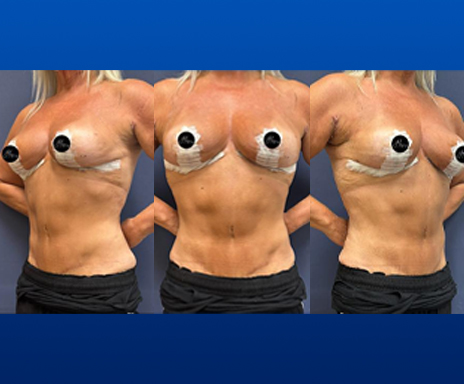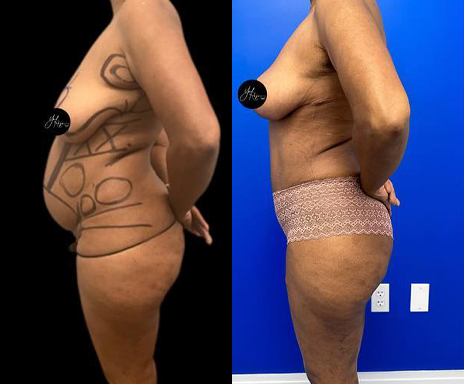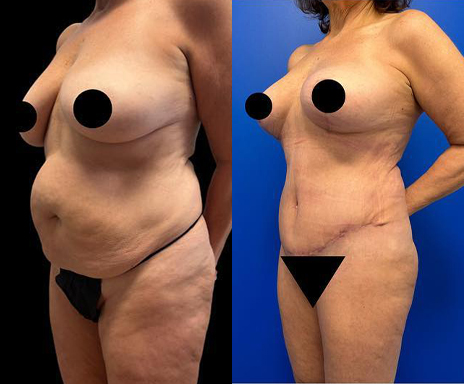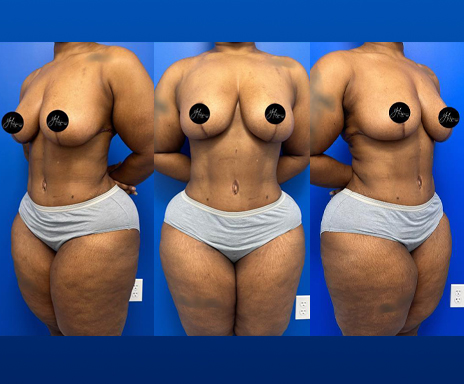full male chest lift versus nipple lift only
Male Chest Lift

What is Male Chest Lift?
Following significant weight loss, male breasts develop varying degrees of skin laxity, ptosis, nipple malposition, excessive parenchyma/fat, and loss of the inframammary fold, with a general loss of definition or shape. All these problems areas can be difficult to treat. They exert both physical and emotional negative consequences on patients.
In many cases, the lateral inframammary fold is displaced inferiorly. The lateral chest, which is in continuity between the breast and the arms, often manifests with multiple skin rolls that start laterally and extend posteriorly into the back. Horizontal excess around the circumference of the chest, vertical excess especially in the midaxillary line, and upper back rolls should all be evaluated as part of a complete chest lift.
The areola area is the major “aesthetic unit” in the male anterior chest; acceptable scar positioning in this area is very limited and is a problem if significant skin resection is needed. With greater weight loss, contouring of the male breast often requires a mastopexy along with lateral chest and back excision to remove excess tissue and maintain a flat-chested male physique.
Incision Options for Excess Skin Removal
In some patients, the skin excess is so significant that skin removal will be needed. When this is necessary, removal of excess skin is performed in a “graded” approach. The extent of the procedure and the technique used will depend on the amount of excess.
Patients with a moderate amount of skin excess have their excess skin removed using a circular periareolar incision. This leaves a scar around the areola only, which typically heals well because of the color differential between the darker areola and the lighter surrounding skin.


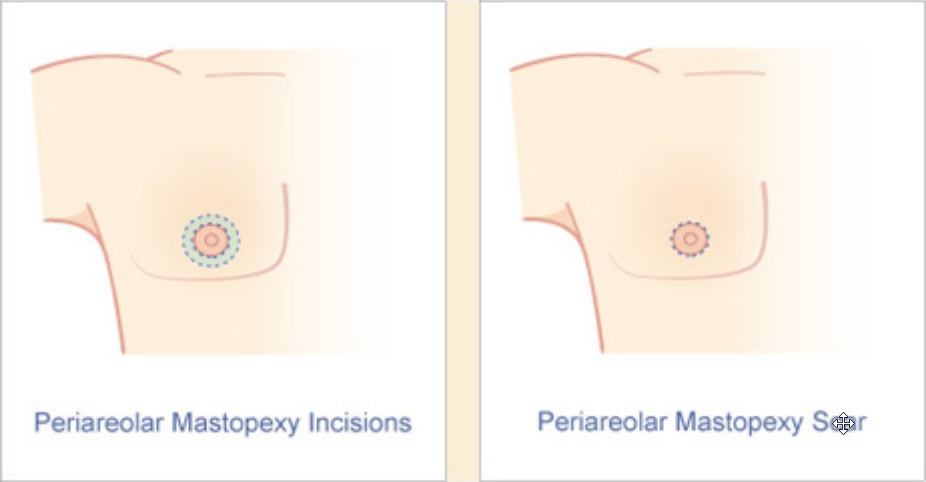
In patients with larger skin excess, it may be necessary to add a vertical component to the periareolar skin incision, using what is termed a circumvertical skin incision. The leaves a “lollipop” type scar on the breast. Normally, this scar fades over time to the color of the surrounding skin.



